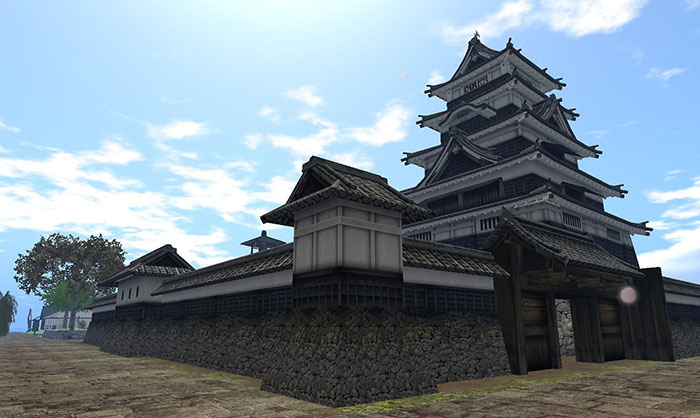The Manchu conquest of China had been unexpected by the Chinese, despite the ever-constant preoccupation of the Han Chinese with the fear of invasion. After all, the reason why the Great Wall was originally built was to keep out invaders from the north, and yet here was an invasion from the north that conquered China!
Nurhaci (1559, reigned 1616-1626) was able to unite the Manchu tribes into eight armies and then gain the aid and support of the Mongols. In 1644 a local Chinese official invited some Manchu forces across the Great Wall to help put down a local rebellion. That proved to be a big, big mistake for the Chinese. The Manchus quickly captured Beijing, the Ming dynasty capital, and then in a series of lengthy military campaigns slowly occupied the rest of China (by 1681). The Manchus were able to take advantage of internal disagreements and a lack of Ming support for the military. The Manchu conquerors, being a very tiny minority in China, tried to keep in place the existing Ming governmental structure and make use of the scholar-gentry class as administrators. Under Manchu rule, China reached an unprecedented level of imperial size and prosperity with a population of one hundred million by 1662 (415 million by 1850).
So, you might ask, if it was a rebellion of Manchus, from Manchuria, that dethroned the Ming Dynasty and now controlled "China," why is this period of Chinese history called that of the "Qing" dynasty (and not the Manchu dynasty)? It is important to remember that the Manchu were not traditionally considered Chinese; they were outsiders, and they worked hard to control China proper. It's pretty complicated to piece together the origins of the use of "Qing" by the Manchus. Wikipedia provides a bit of explanation about the name in an entry titled "The Names of the Qing Dynasty." And, note also that "Qing" in the Wade-Giles romanization of the Chinese characters turns into "Ch’ing," which is where the name "China" originates.
While China was in tumult because of the Manchu invasion, Japan also experienced unrest, but an unrest that was directed towards ensuring political and social stability. The Tokugawa Shogunate (Let's say 1600-1868.) aka the Edo period was started by Tokugawa Ieyasu, aka Matsudaira Takechiyo aka Matsudaira Motoyasu (1543-1616). The Japanese shoguns (military dictators basically) worked to preserve a stable social structure with no mobility, reminding one of the class system of feudal Europe. The shoguns also aimed to isolate Japan from any western influence. The shoguns were particularly diligent in preventing any Christian missionary activity in Japan as it was assumed that the missionaries paved the way for the Portuguese and Spanish empires to expand control. The Japanese had seen what had happened in the Philippines which came under brutal Spanish control in the sixteenth century.
![]()
Some recommended online lectures and websites
- Ming dynasty and Qing dynasty in Wikipedia
- From the Edo Period to Meiji Restoration in Japan and the Last Chinese Dynasty
- The Qing Dynasty emperors
- Theater Styles in Japan is a nice website created by Megan Pak (summer 2016).
- The Great Qing: The Last Imperial Dynasty is a nice web exhibition created by Ruth Hawkins (spring 2016).
- The Qing Dynasty (History.com)
- Tokugawa Shogunate (Wikipedia)
- The Far East, 1500-1750
- Shoguns of the Nineteenth Century by Maurice Courtois, former student
- A brief history of the arts of Japan: the Edo period (Khan Academy)
- Secrets of the Samurai Sword, a PBS companion website, is very good.
- Man-houng Lin, The Ryukyus and Taiwan in the East Asian Seas: A Longue Durée Perspective is an interesting article about the role of the Ryukyu islands and Taiwan as an intermediary between Japan and the Asian mainland.
- While focusing a little later period of time in Japan, Christine Brooks, former student, Rise of Militarism (timeline made with Tiki-toki) is excellent.
- For extra credit please suggest to your instructor a relevant website for this unit of the course. Send the title of the site, the URL and a brief explanation why you find the information interesting and applicable to the material being studied in this unit.
